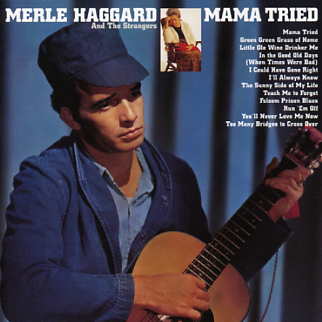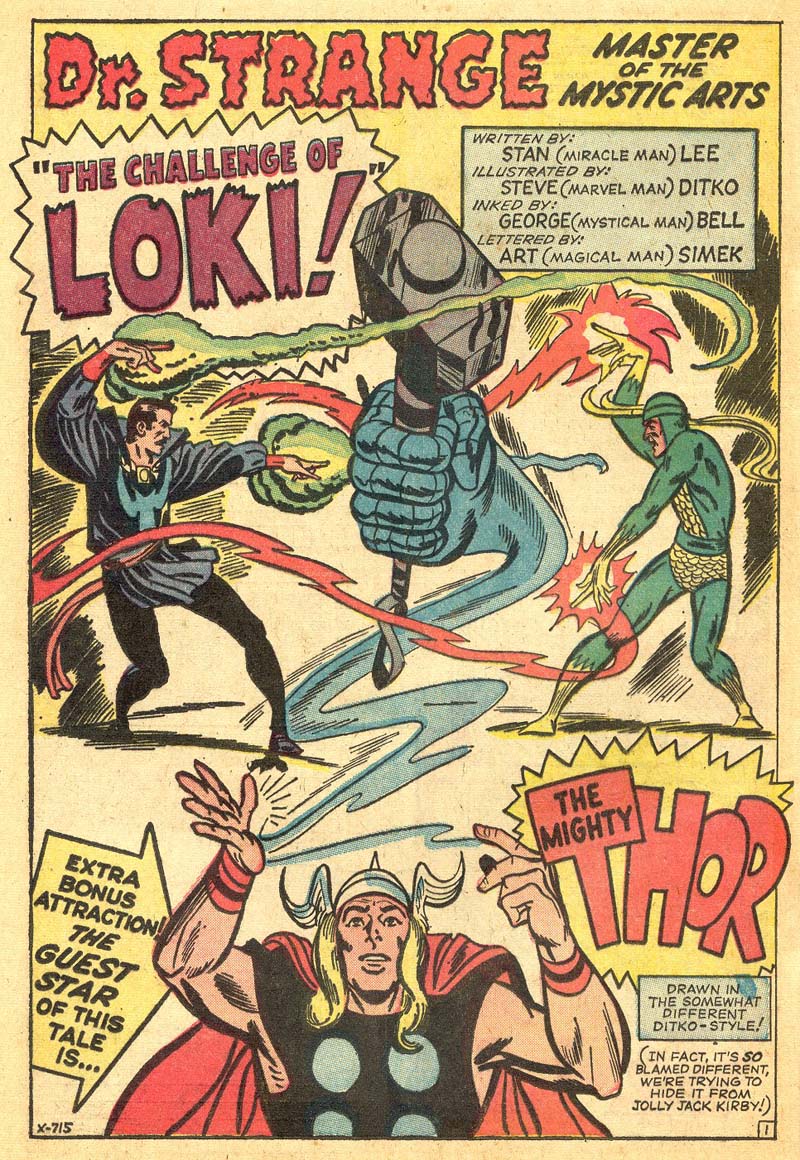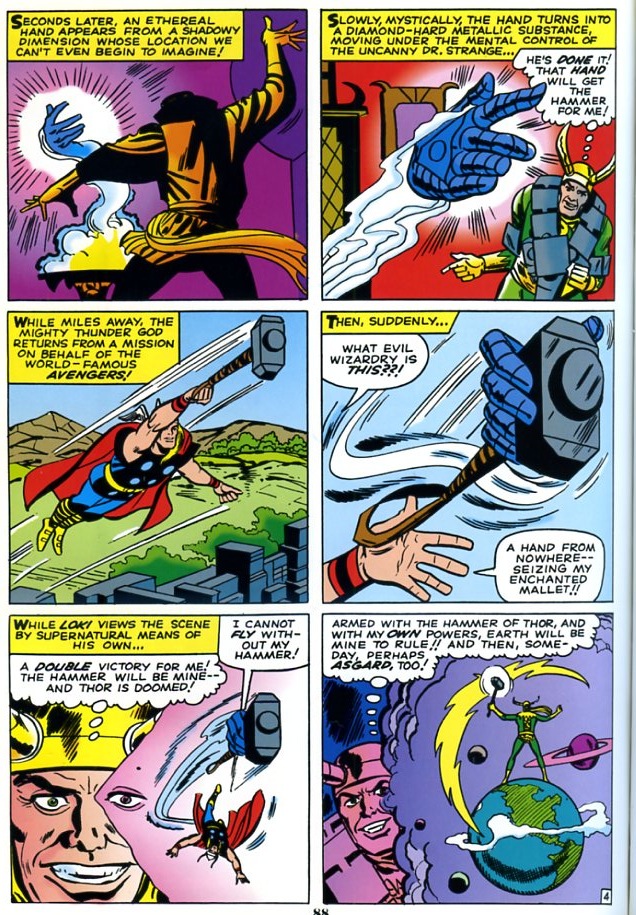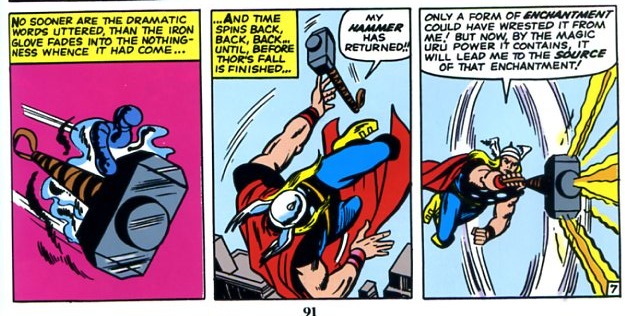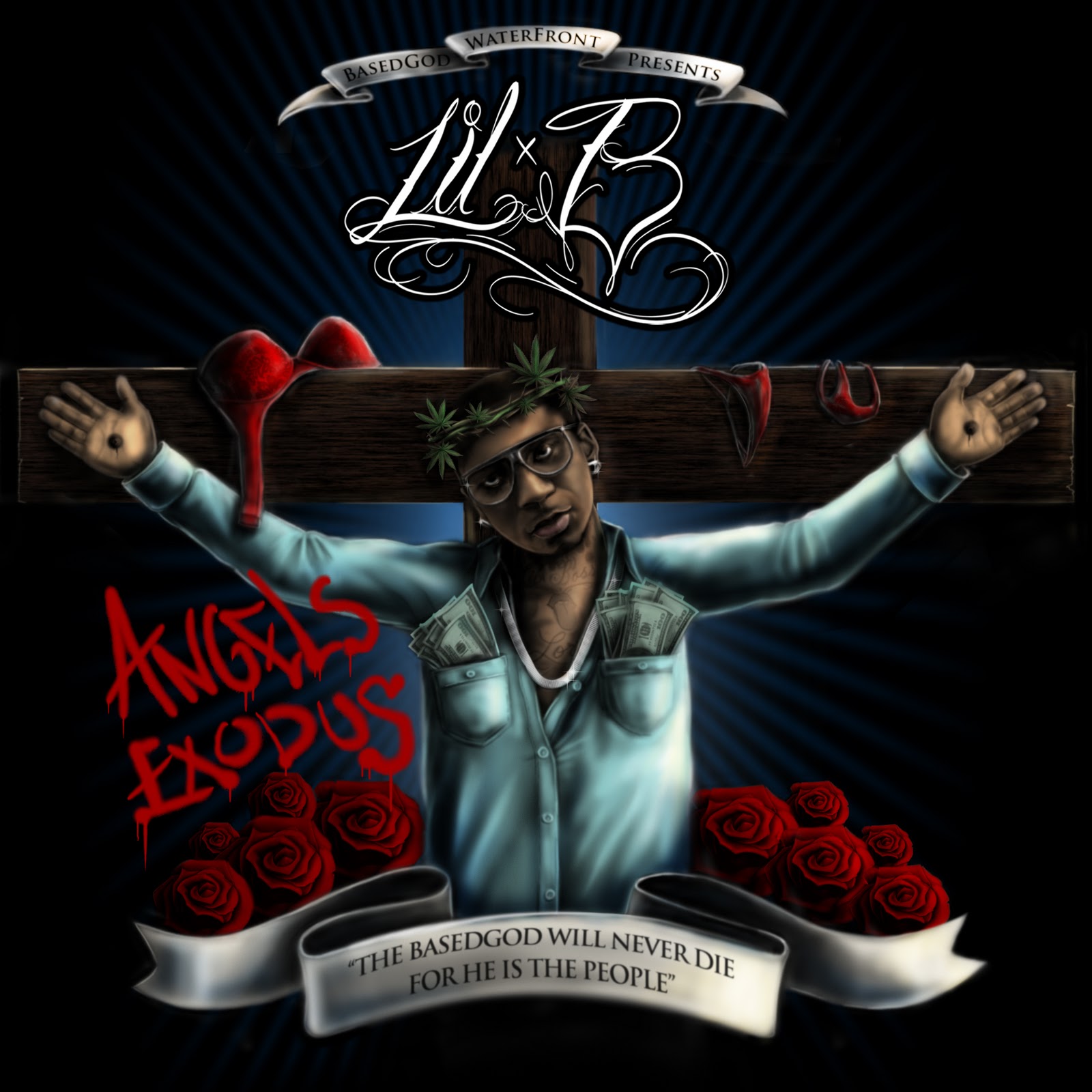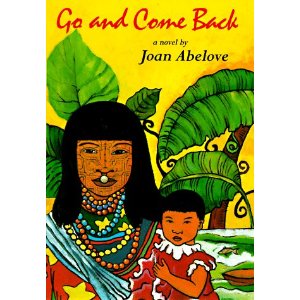
There’s no sex in Joan Abelove’s novel Go and Come Back (DK Ink/DK Publishing, 1998)! But Jen Nessel’s review in The New York Times begins, “Young-ADULT fiction just gets racier and racier.” Although sex is talked about plenty, it’s never acted out, not even a kiss. Two of the three main characters, Joanna and Margarita, are anthropologists from New York City, and of course sex is a topic of study during their year in a Peruvian jungle village. For example, the tribespeople believe, intuitively if not scientifically, that it takes more than one man to make a healthy baby. As one might guess, this has consequences, which are discussed but never played out on the page.
The third main character, Alicia, a young Isabo woman narrates. (The names of the tribe and the characters are fictionalized.) Through her we learn about the tribe but we are also treated to a clear-eyed, unsentimental portrayal of the modern U. S. as represented by the anthropologists.
For full disclosure, author Joan Abelove, who spent two years in the Amazon working toward her doctorate, is my friend. We were critique buddies when she wrote Go and Come Back and her other novel, Saying It Out Loud. Each is a marvel, but this is my favorite. Due to illness, Joan is unlikely to write any more full-length works.
More than any book I’ve read in the intervening years I wish I’d had Go and Come Back when I was an adolescent. It would have undercut my assumptions, undermined my expectations, and opened me to the possibilities of life outside my box. And I would have loved it.
The chief difference between the Isabos and the two “old white ladies” centers on property. Joanna and Margarita start out stingy, and their progress to generosity is one of the arcs of the story. What they regard as saving for a future need, the village considers hoarding. When you have, you share with your neighbors, which establishes an obligation so that when they have they share with you. That’s the Isabo way to save. A funny example comes up with dental floss, which the villagers salivate over for its strength and usefulness in fishing and stringing beads. They’re mystified that the anthropologists are keeping such a treasure for pulling old food out of their mouths.
The difference in beliefs comes to a head when Margarita’s watch disappears, and the subsequent crisis begins the anthropologists’ evolution. When, late in the book, a group of missionaries arrives and the missionaries fail to share their dinner, both Joanna and Margarita are furious.
What I love most are the surprises. An old man boasts that he has seven daughters and only one son. Joanna commiserates and is thought a fool. Seven daughters! – whose husbands will come to work for the good of the village, and only one son who will leave and support another village. Narrator Alicia adopts a “nawa” (outsider) girl baby whose father wanted the child drowned. An Isabo might kill a boy baby in special circumstances but never a girl.
Lies aren’t concealed. A young girl announces to Joanna that her blue dress is yellow and insists despite Joanna’s protestations to the contrary. The girl is practicing lying, an important Isabo skill. When she’s older she may need to tell a relative she has no meat although it’s obvious that she does. How much worse it would be to say, “I have food but I won’t give you any.” The hungry relative goes away unsatisfied but not insulted.
The villagers study the anthropologists as much as they are studied. For example, Alicia and her mother learn that Joanna’s mother died when she was six. They’re surprised that she wasn’t raised by her mother’s brother. Instead, they learn, Joanna’s father never remarried and much of her care fell to her mother’s friends. Alicia’s mother says, “‘What a bad old man. So these women had to take care of him too?'”
And Alicia is baffled when Joanna’s explanations fall short. The book is set in the early 1970s, so computers don’t come up, but Joanna can’t even describe how shower water reaches her high-rise apartment. I had to laugh, because neither can I.
There’s no overall plot shape of rising action, crisis, falling action, and so on, although some incidents do take that form, and the section about Margarita’s illness rivals an O. Henry story for its twist at the end. The narration just covers the year of the anthropologists’ visit as it progresses, and yet the book is hard to put down. We come to care about these characters and we’re eager for the next revelation. Yes, it’s episodic, but not random, not, for example, the way Alice in Wonderland has always seemed to me. Alice goes down the rabbit hole; things get curiouser and curiouser but not vital. Here it all matters. This novel’s Alice, Alicia, is becoming a woman, caring for a baby, and instructing the two grown-up babies, the anthropologists, in how to stop being nawa. How it satisfies when Alicia finally comes to regard them as caibo, family!
Here’s a reader review from “Customer” on Amazon:
As an anthropologist having done fieldwork in another part of Amazonia, I recognized myself in Alicia’s descriptions of the awkward, annoying, and funny situations, with two young women trying to get a grip on the culture they want to study. I think anthropologists should read this book to become more honest about the way they gather their “data”, initially understanding half of what was said, to say nothing of the context in which it was said. On the other hand, Abelove obviously succeeded in her own fieldwork, understanding and conveying another point of view so well. She writes with care and respect for the two different cultures, with modesty, and with humor. She does NOT standardize the witty characters and does NOT create a native paradise, nor a native hell. I wished more anthropologists would use her human approach in addition to writing academic, “objective” books. It could bring us a wider readership, which in turn could help to create more respect for “the other” in an increasingly hostile and racist world.
As “Customer” says, the village is neither utopian nor awful. There are few judgments here. Only niggardliness is reviled, a quality that’s defined differently in our culture but not admired by us, either. Joanna and Margarita are portrayed with sympathy. Alicia and the visitors find common ground in humor and fellow feeling. One doesn’t have to be an anthropologist to appreciate what’s achieved. My books, mostly fantasies, sometimes inquire into the practices, values, and belief systems of fairies, dragons, elves, ogres, and giants, but are always, inescapably, informed by my life, from which I can’t entirely depart. Joan neatly unwraps her own straitjacket and frees herself and her readers.
In contrast, for example, the movie Avatar, takes an anthropological approach to the alien Na’vi but idealizes them. Although they’re ten feet tall and blue, we recognize them instantly as pop embodiments of peace and harmony lacking in complexity, specificity, and originality. The Isabo villagers, however, come alive as fully developed characters. Alicia’s mother, to pick just one, spoils her children, fears spirits, holds unshakable opinions on every subject, and is determined to dislike the visitors.
Many years ago I read several of Carlos Castaneda’s books, which examine or profess to examine the shamanism of the Yaqui Indians of Mexico. My jaw hung open throughout. I was fascinated but my nose remained pressed to a pane of glass that separated me from the strange goings on. The reader is never allowed in, and maybe the difference is the narrator. If don Juan himself, and not gringo Castaneda, had narrated I might have entered. Alicia opens the door wide. Go and Come Back reminds us that anthropology is the study of people, and nothing is so foreign that it can’t be understood.
The book ends with the departure of the old white ladies. A final scene is a meeting in music, fittingly the Beatles’ “The End,” which the anthropologists play on their tape recorder. Some villagers have learned the lyrics in English, which they don’t understand, but the meaning is explained and discussed. This is Alicia and Joanna:
“What does it say?” I asked. If she talked, she wouldn’t cry.
“It says, ‘In the end, at the end of it all, the love you have, the friendship you have, the love you are left with, is just the same, is only the same, as the love you gave, the love, the friendship you had for others.”
“Of course,” I said. Who didn’t know that? “That is why it is so important not to be stingy,” I said. “Now, in the end, you finally understand.”
“Yes,” she said.
“But your music, your bug music was telling you that all along.”
And I’ll finish with this from the very end. Joanna arranges with the helicopter pilot who’s come to fly them away to take Alicia up in the plane for a few minutes so she can see the village from the air.
The plane turned, and now I could see the big river, with our little river flowing into it. And I could see all the little streams that fed our little river. Then we were coming down to our river again, right on top of it. The plane stopped and we were back in my old world and it looked the same as when we left it, but now I knew that it also looked different when you looked at it from another view.
A viewpoint bending book all around.

